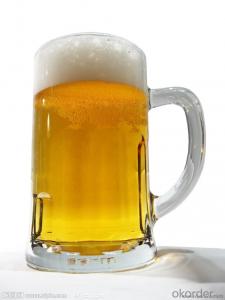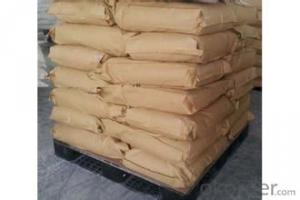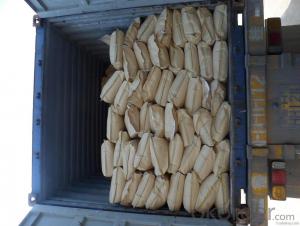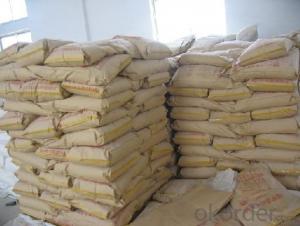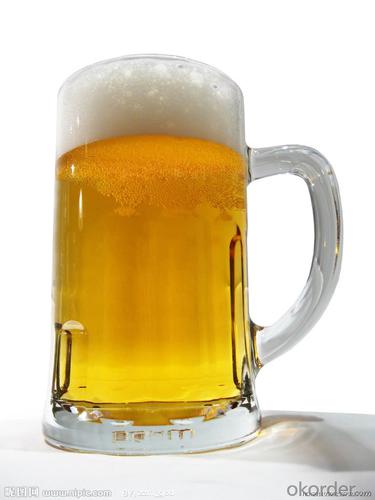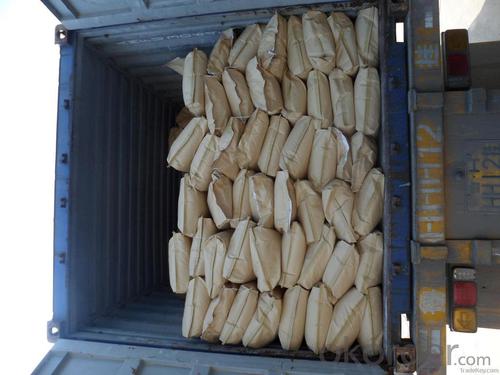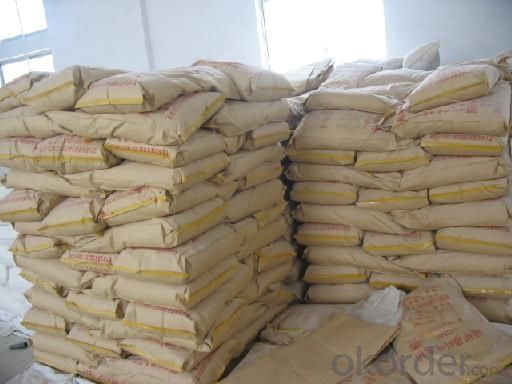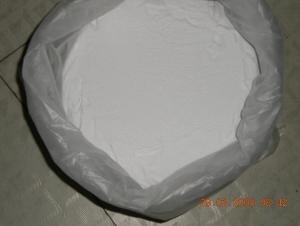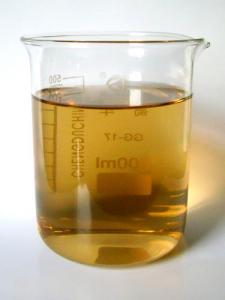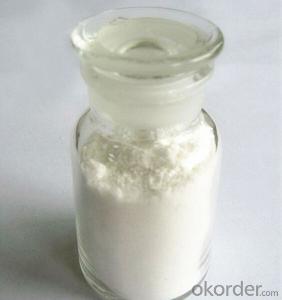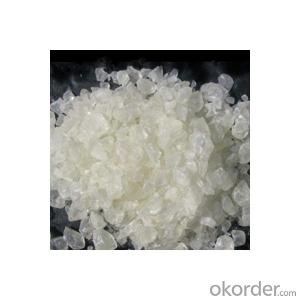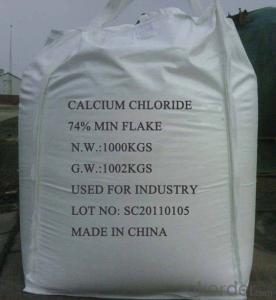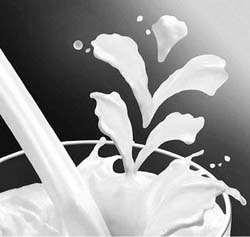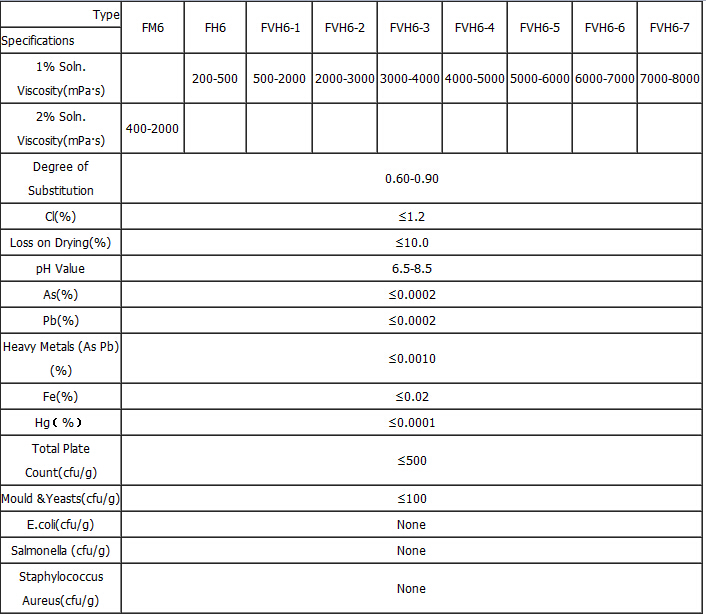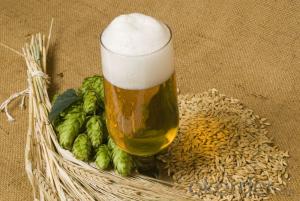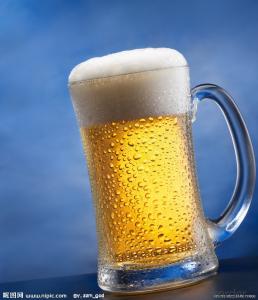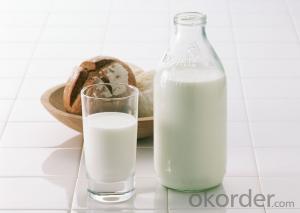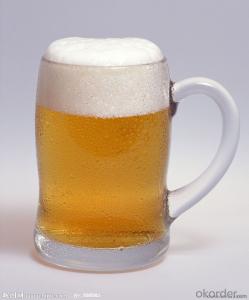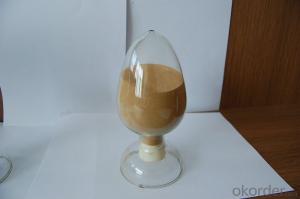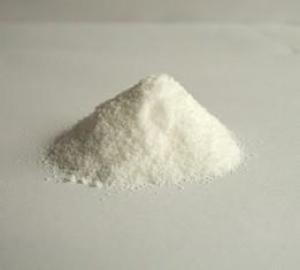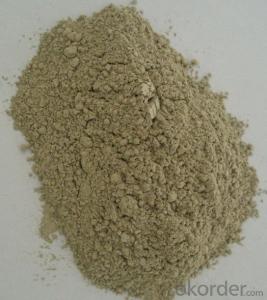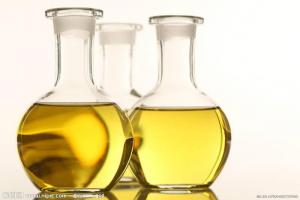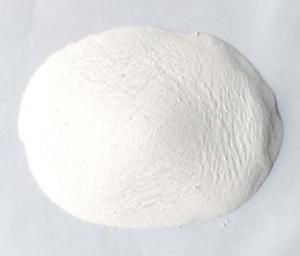Food Grade CMC Carboxymethyl Cellulose FVH9-A3
- Loading Port:
- Shanghai
- Payment Terms:
- TT OR LC
- Min Order Qty:
- 20 m.t.
- Supply Capability:
- 8000 m.t./month
OKorder Service Pledge
Quality Product, Order Online Tracking, Timely Delivery
OKorder Financial Service
Credit Rating, Credit Services, Credit Purchasing
You Might Also Like
| Food Grade CMC Used as additive in food field, CMC has the functions of thickening, suspending, emulsifying, stabilizing, shaping, filming, bulking, anti-corrosion, retaining freshness, acid-resisting, health protecting, etc. It can replace the application of guar gum, gelatin, agar, sodium alginate, and pectin. It is widely used in modern food industry, such as frozen food, solid drink, fruit juice, jam, lactic acid drinks, condiment, biscuit, instant noodles, bakery products, meat products, etc. Our food grade CMC has good thickening property, water retention, dispersion stability, filming and chemical stability. It has high viscosity even in low concentration, and makes the food taste delicate and smooth; it can reduce the syneresis of food and extend the shelf life; it can control the crystal size in frozen food and prevent the stratification between oil and water; In acid system, our anti-acid products have good suspending stability, so it can improve the stability of milk and the impedance ability of protein; our CMC can be used together with other stabilizers and emulsifiers to complement each other, strengthen each other’s effect and reduce the cost. |
|
Technical Specifications of Food Grade CMC(1)
|
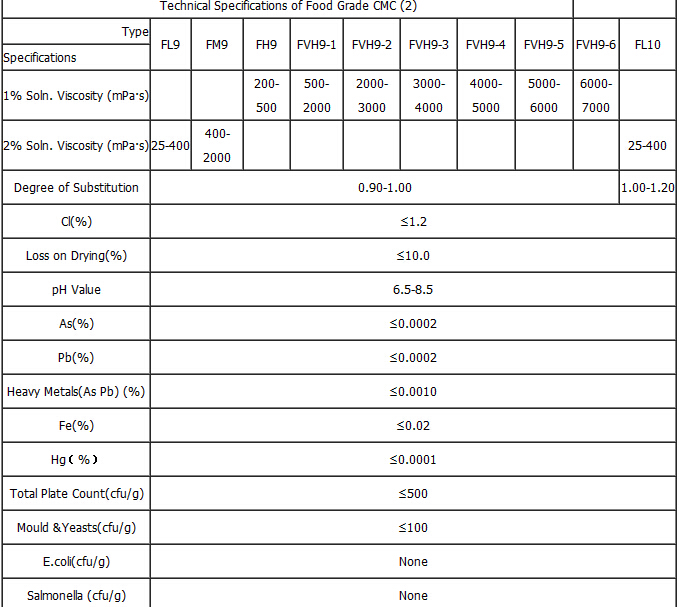 |
- Q: What are the oil additives?
- Detergent, added to the fuel or lubricant can make the engine parts to be cleaned and keep the engine parts clean chemicals. In the engine oil formula, the detergent is mostly alkaline metal soap to neutralize the oxidation or combustion of acid generated. (TBN300), long-chain linear alkylphenyl high-alkali synthesis of calcium sulfonate (TBN400), long-chain linear alkylated benzene, , High base value sulfide alkylphenol calcium, long chain linear alkyl benzene high base value synthesis of magnesium sulfonate.
- Q: I always see the fuel additives at the gas station. Do they really work to help keep your fuel injection working properly?
- Here is the low down on fuel additives. Gas mileage improvers rarely even increase gas mileage enough break even for the cost of the bottle. Only proven non driving habit way of improving gas mileage is using higher grade gasoline. Octane boosters do not improve horsepower noticebly, it would take about 30 bottles to get 10-15 horsepower. All they are is watered down jet fuel. Fuel system cleaners are the only worth while additive. You should clean you injectors every 5-8 thousand miles. Also use a full fuel sytem cleaner every 10-15 thousand miles. If you do this regularly you will never notice any improvement from using it, but your engine will last longer. I have a 2000 Mercury Mountaineer V8 that I drag race every other weekend and track race every 2 months. This vehicle is my daily driver also, it has 80,000 miles on it and still dynos as good as it did when I acquired it 2 years ago. So yes is the answer to your question, 8 bucks every 10,000 miles is very worth your while.
- Q: I have a 2002 VW Passat 1.8L T for future reference.I bought some oil treatment additive and I was wondering in what condition should I have my engine in to apply the oil treatment. Also, is it okay to apply two bottles of 1.45 FL OZ of treatment or just one.
- well I have one and i use it alotand i have to go get trims more often cause it damages the hairand causes split ends
- Q: I have two jars of horseradish (or similar); one is natural and the other has added color / preservatives. how will this affect the taste? This answer seems rather straightforward, but I have been looking online for an article or some kind of proof. Thanks in advance.
- Additives always affect the taste.
- Q: I drive a 2007 Ford Taurus and the temperature is going to be in the negatives Monday and Tuesday. What gas additive should I add to the tank to prevent freezing? Thanks!
- A full tank does not help in any way for keeping your lines from freezing. The only thing it possibly does is slow the tank from freezing, but your lines will freeze well before the much larger amount in the tank. As far as additives, you shouldn't need anything. They put enough crap in it at the refineries. If you're really worried about it, dump a bottle of 'fuel line antifreeze' in the tank. Make sure if you do add that, you drive it or run it for at least 5 minutes to make sure it's all nice and mixed. Though again, you shouldn't have to bother. The ethanol should do a fine job of that on it's own. Anything you buy will likely be a waste of money.
- Q: A number x is 2 more than the product of its reciprocal and its additive inverse. In which interval does the number lie?A) -4 lt; xlt;-2 B) -2 lt; xlt; 0(equal lines under both signs) (equal sign line under the 2nd sign)C) 0 lt; xlt; 2 D) 2lt;xlt;4 (equal line under the second sign) (equal line under second sign)E) 4 lt; xlt; 6(equal line under the second sign)I tried doing this problem but I forgot what Additve Inverse is, so can you briefly explain what it is and HOW you get to the answer?
- I've been using wood sticks for the past couple years (also 15) and have had no problems. I mostly use wood sticks though because they don't cost much. I Never really cared what kind of stick I had as long as I had a stick, but I took good care of each stick and end up getting rewarded for it most of the time.
- Q: i nid it 4 mai report
- Antimicrobial agents, which prevent spoilage of food by mold or micro-organisms. These include not only vinegar and salt, but also compounds such as calcium propionate and sorbic acid, which are used in products such as baked goods, salad dressings, cheeses, margarines, and pickled foods. Antioxidants, which prevent rancidity in foods containing fats and damage to foods caused by oxygen. Examples of antioxidants include vitamin C, vitamin E, BHA, BHT (butylated hydroxytolene), and propyl gallate. Artificial colors, which are intended to make food more appealing and to provide certain foods with a color that humans associate with a particular flavor (e.g., red for cherry, green for lime). Artificial flavors and flavor enhancers, the largest class of additives, function to make food taste better, or to give them a specific taste. Examples are salt, sugar, and vanilla, which are used to complement the flavor of certain foods. Synthetic flavoring agents, such as benzaldehyde for cherry or almond flavor, may be used to simulate natural flavors. Flavor enhancers, such as monosodium glutamate (MSG) intensify the flavor of other compounds in a food. Bleaching agents, such as peroxides, are used to whiten foods such as wheat flour and cheese. Chelating agents, which are used to prevent discoloration, flavor changes, and rancidity that might occur during the processing of foods. Examples are citric acid, malic acid, and tartaric acid. Nutrient additives, including vitamins and minerals, are added to foods during enrichment or fortification. For example, milk is fortified with vitamin D, and rice is enriched with thiamin, riboflavin, and niacin. Thickening and stabilizing agents, which function to alter the texture of a food. Examples include the emulsifier lecithin, which, keeps oil and vinegar blended in salad dressings, and carrageen, which is used as a thickener in ice creams and low-calorie jellies.
- Q: If so what‘s the name of the brand?
- The only cigarettes that don't have additives are the ones that have your own home grown tobacco in or the electronic cigarettes'
- Q: I believe my 1984 Mercedes 500SEL‘s trans pan gasket and torque converter are leaking trans fluid, at about a quart a week. I plan on replacing the pan gasket, which should take care of some of the leak, but it‘s too expensive to get the whole transmission resealed, and I think it‘s leaking in other places, like the torque converter. If I use either the lucas or trans-x additive, will they fix all the leaks, including the pan gasket, and how well will that work? Or should I replace the pan gasket, then use the additives for the seal leaks in the other places? Is the additive fix permanent, or will problems (possibly worse) arise later on? Thanks.
- try vic hubbard car parts.
- Q: Food additives CMC various models and differences?
- The main difference between purity and degree of substitution.
Send your message to us
Food Grade CMC Carboxymethyl Cellulose FVH9-A3
- Loading Port:
- Shanghai
- Payment Terms:
- TT OR LC
- Min Order Qty:
- 20 m.t.
- Supply Capability:
- 8000 m.t./month
OKorder Service Pledge
Quality Product, Order Online Tracking, Timely Delivery
OKorder Financial Service
Credit Rating, Credit Services, Credit Purchasing
Similar products
Hot products
Hot Searches
Related keywords
